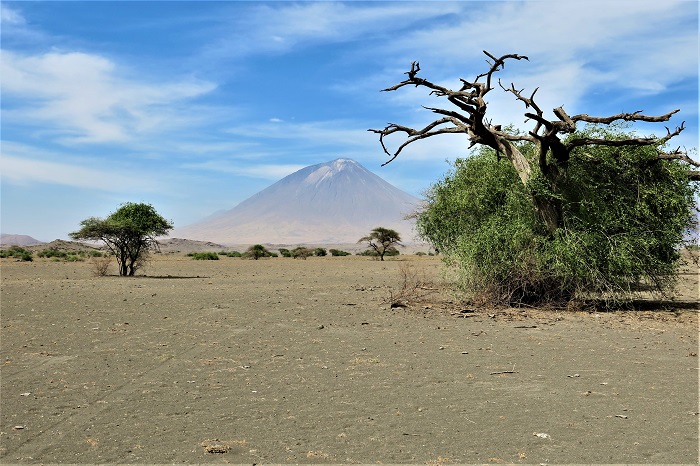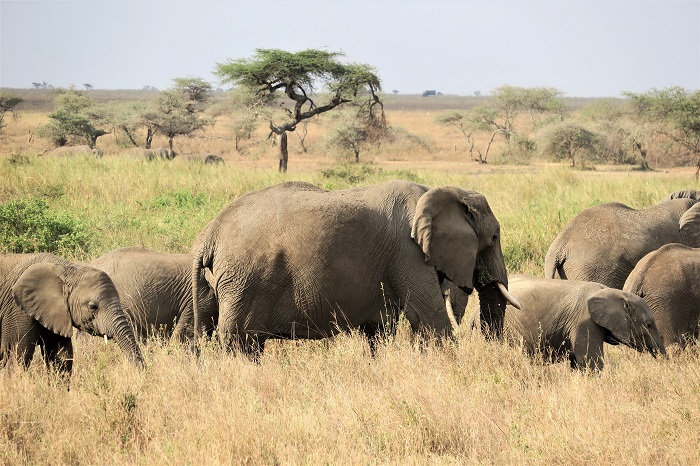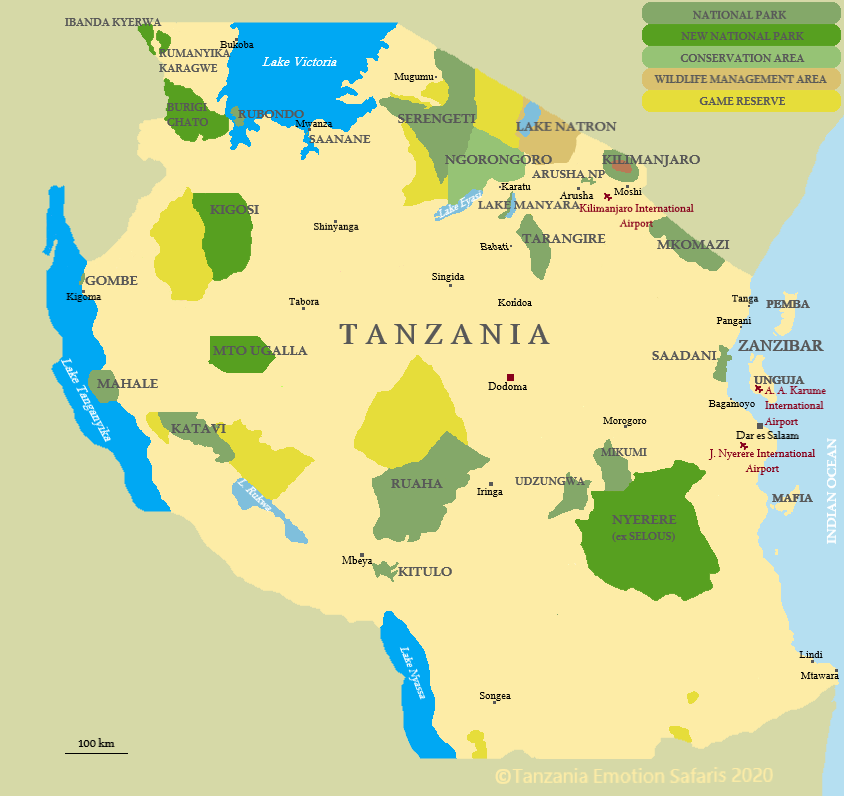Discover more about Tanzania Parks!
All the parks in Tanzania: where they are, why visit them, what are the best months to see animals and for birdwatching.
Visit the pages dedicated to Northern parks, Southern parks and Remote parks.
Further information with descriptions, maps, distances, places of interest, taxes and lots of other useful information to guide your choice!
Entry to the National Parks in Tanzania is allowed to licensed off-road vehicles of local tour operators with a valid license. The paths of the safaris are strictly bound to the trails. The strict regulation of parks has the laudable aim of safeguarding the inestimable natural heritage and supporting the local economy. The “DIY tourism” presents many unknowns and therefore becomes difficult to practice. With us, local tour operator with Italian participation, you can realize your dream of a tailor-made safari! Contact us



